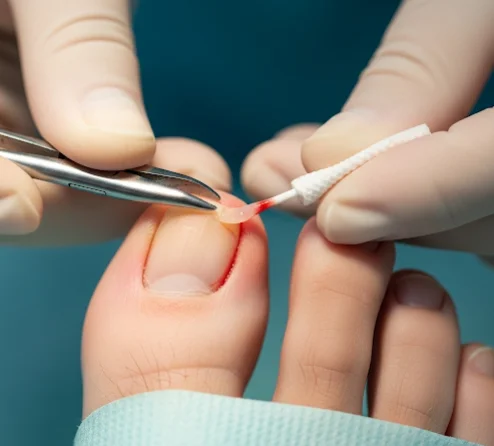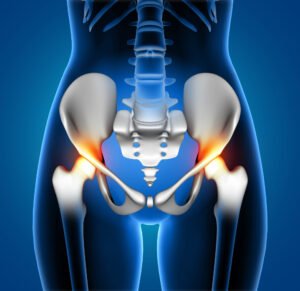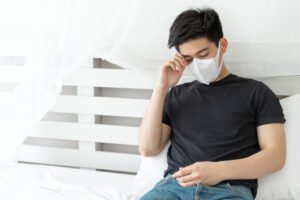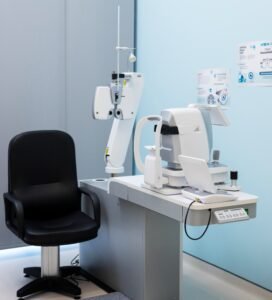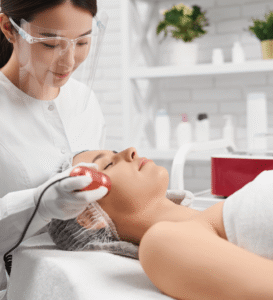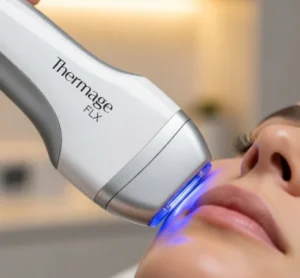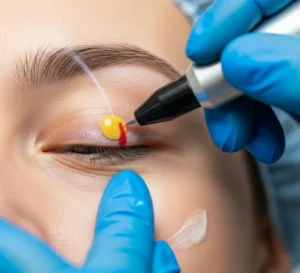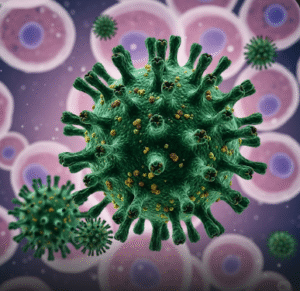What it is
Partial nail avulsion in Korea is a minor surgical procedure used to treat ingrown toenails (onychocryptosis) by removing only the portion of the nail that is digging into the skin.
An ingrown nail occurs when the nail edge grows into the surrounding skin, leading to pain, swelling, redness, and sometimes infection. By removing the offending nail edge and reshaping the nail fold, pressure is relieved and healing begins.
→ In Korea, partial nail avulsion is commonly performed in dermatology clinics, podiatry centers, and surgical outpatient units.
• Sometimes combined with chemical matricectomy (phenol or sodium hydroxide application) to prevent recurrence.
• The procedure is quick, effective, and widely chosen for moderate to severe ingrown nails.
Why it’s done
Patients in Korea undergo partial nail avulsion for:
→ Pain relief → Rapidly reduces discomfort caused by the ingrown nail.
→ Infection control → Removes the source of irritation to allow proper healing.
→ Prevention of recurrence → When combined with matricectomy, it reduces the chance of regrowth.
→ Aesthetic restoration → Ensures the toe looks normal again after healing.
→ Mobility improvement → Patients can walk comfortably after recovery.
Alternatives
Other treatment options for ingrown nails include:
• Conservative care → Warm soaks, cotton packing, or nail braces for mild cases.
• Topical or oral antibiotics → If infection is present but the nail is only mildly ingrown.
• Total nail avulsion → Removal of the entire nail, used for severe or recurrent cases.
• Laser matricectomy → Vaporizes the nail matrix to prevent regrowth.
→ Partial nail avulsion is the preferred balance between effective treatment and nail preservation.
Preparation
Before undergoing partial nail avulsion in Korea, preparation involves:
- Clinical evaluation → Doctor assesses severity, infection, and past recurrence.
- Medical history → Review of diabetes, circulation issues, and medications.
- Anesthesia planning → Digital nerve block (local injection) is applied to numb the toe.
- Sterile preparation → The foot is disinfected, and sterile draping is applied.
- Patient counseling → Explanation of healing time, aftercare, and recurrence prevention.
→ In Korea, digital imaging or dermoscopy may be used to confirm nail growth pattern.
How it’s done
Partial nail avulsion in Korea follows precise surgical steps:
- Anesthesia → Digital block numbs the toe completely.
- Tourniquet (optional) → Applied briefly to minimize bleeding.
- Nail separation → The ingrown edge of the nail is carefully loosened from the nail bed.
- Partial removal → The offending portion is cut and removed with sterile instruments.
- Matricectomy (optional) → Phenol, sodium hydroxide, or laser applied to the nail root to prevent regrowth.
- Wound dressing → Antibiotic ointment and sterile bandaging applied.
→ The procedure takes about 15–30 minutes.
Recovery
Recovery after partial nail avulsion in Korea is generally quick:
• Pain relief → Immediate improvement once the nail edge is removed.
• Swelling and tenderness → Lasts for a few days; patients can walk carefully.
• Dressing changes → Daily cleaning and ointment for 1–2 weeks.
• Return to activities → Most patients resume normal walking within 2–3 days.
• Full healing → Usually achieved in 2–4 weeks.
→ Patients are advised to wear open-toe or loose shoes during recovery.
Complication
Possible risks, though uncommon, include:
- Infection → Controlled with antibiotics if needed.
- Recurrence → If the matrix is not fully treated, the ingrown nail may return.
- Nail deformity → Rare, but can occur with repeated surgeries.
- Delayed healing → More likely in diabetic patients or those with poor circulation.
- Pain or numbness → Usually temporary after anesthesia.
→ Korean clinics minimize risks with sterile technique and proper aftercare protocols.
Treatment option in Korea
Korea offers advanced, safe, and cosmetically refined partial nail avulsion treatments:
→ Dermatology and podiatry clinics → Specialized in nail disorders and minor foot surgeries.
→ Chemical matricectomy integration → Widely performed to reduce recurrence rates.
• Laser technology → Some clinics use CO₂ or diode lasers for precise matrix destruction.
• Aftercare support → Includes antiseptic soaks, scar gels, and follow-up dressing changes.
• Medical tourism → Patients often seek Korea for podiatric expertise combined with cosmetic outcomes.
→ With its modern surgical methods, emphasis on both function and aesthetics, and low recurrence rates, partial nail avulsion in Korea provides lasting relief from ingrown nails while maintaining nail appearance.

